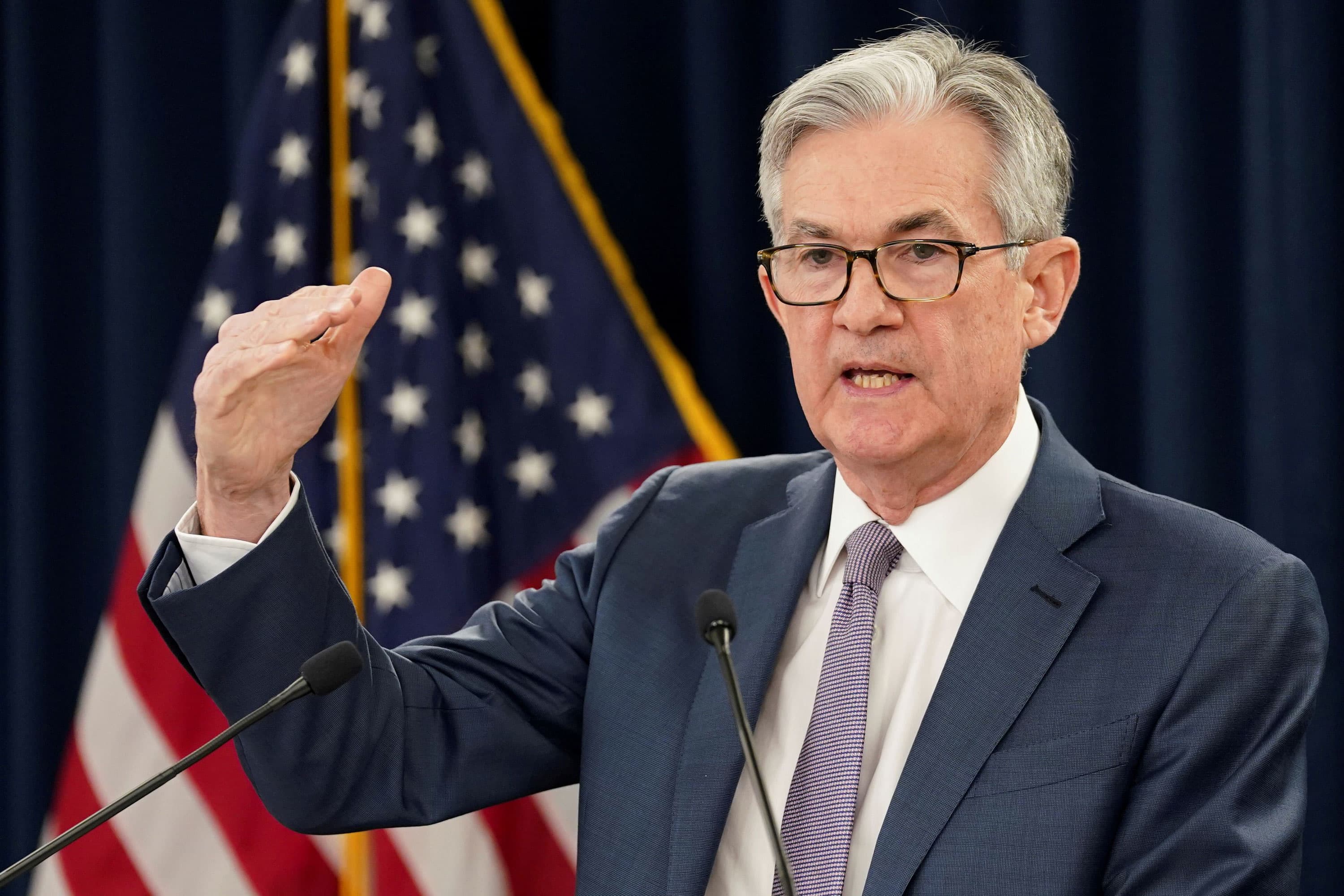The Fed left rates unchanged in its last meeting before the 2020 presidential election in November. It also indicated rates were unlikely to rise until at least 2023.
Three experts weigh in on what the Fed decision means.
David Kelly, chief global strategist at JPMorgan Asset Management, said this is unprecedented stimulus.
“I don’t think we truly appreciate just how much things have changed over the last year. I mean, up until this point throughout the entire recovery from the Great Financial Crisis, we were trying to get there just through lower interest rates alone. And frankly, you know, low long-term interest rates aren’t going to stimulate anything. But now what we’re doing is essentially monetizing the debt. The Federal Reserve has already lent the federal government over $2 trillion this year. … And regardless of who wins the next election, you could have deficits of between $1.5 [trillion] and $2 trillion over the next two years after this fiscal year. If you’ve got that kind of fiscal stimulus and the government’s able to do it essentially for free because the Federal Reserve’s lending the money, that is very stimulating.”
John Bellows, portfolio manager at Western Asset, said the Fed telegraphed their next moves.
“I think the reason that the Fed did it today was precisely to tell you what the policy would be even after Covid and that the policy would be easy, the policy will be at zero. And I think the Fed went out of their way to speed up the announcement; they did not wait for the all-clear. … Instead they’re telling you now, they’re telling you now what the policy is going to be after Covid, and it’s going to be easy. And the reason it’s going to be easy is because they need to get inflation back up. They need to address this unevenness in the recovery.”
Mona Mahajan, U.S. investment strategist at Allianz Global Investors, sees favorable conditions for the market.
“I think this is a case of ‘Don’t fight the Fed.’ We have low rates now at least through 2021, probably through 2022 as well until we get a real tried-and-true recovery, real signs of inflation picking up in that backdrop in this low-rate environment. The TINA effect — there is no alternative — comes front and center. That means areas like equities, parts of the credit markets, even gold, as we mentioned earlier, all could be supported over the next few months, few quarters. Keep in mind, we do have some periods of volatility ahead of us. Of course, we’re getting through an election period and potentially contested election period. But those are walls of worry that the market will climb and perhaps even tactical opportunities, so I’ll leave it at that.”
